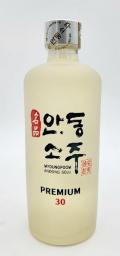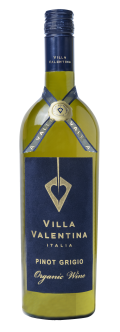Central Otago
Central Otago Wine Regions, its Climate, and Popular Grape Varietals

The Central Otago wine region’s primary claim to fame is that it is the southernmost wine producing region in the world. The unique climate of this wine region leads to excellent production of Pinot Noir wines, which account for 70 percent of all wines produced in Central Otago. In addition, a wide variety of white wines – Chardonnay, Sauvignon Blanc, Pinot Gris, Riesling and Gewürztraminer – account for the other 30 percent of wine production.
In terms of location, the vineyards in Central Otago are located at the highest elevations in the country, approximately 200 to 400 meters above sea level. In general, the vineyards of Central Otago are located on the steep slopes of lakes or on the steep edges of river gorges.
And, while New Zealand may be an island nation, all of the vineyards of Central Otago are located inland. There, they are protected by high mountains that can be as high as 3700 meters (12100 feet). It is these high mountains that lead to large daily and seasonal temperature fluctuations. The region is known for its cold winters and heavy frosts.
The history of winemaking in Central Otago dates back to the 1860s, when the Central Otago Gold Rush saw an influx of new settlers to the region. However, by the end of the 19th century, the wine industry had largely been uprooted. It would take another 50 years for the region to see another resurgence in winemaking activity.
In the period from the 1950s to the 1970s, the New Zealand Department of Agriculture conducted wine growing experiments in the region, but it was not until the mid-1990s that Central Otago began to capture national and international attention.
In 1996, Central Otago had only 11 wineries accounting for 4.6 percent of the nation’s total wine production. However, by 2004, the region had 75 wineries accounting for 16.2 percent of the nation’s total wine production.






















